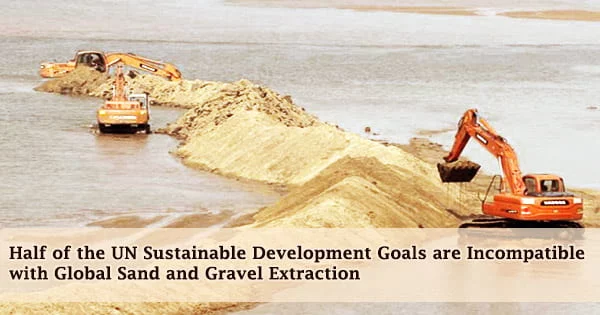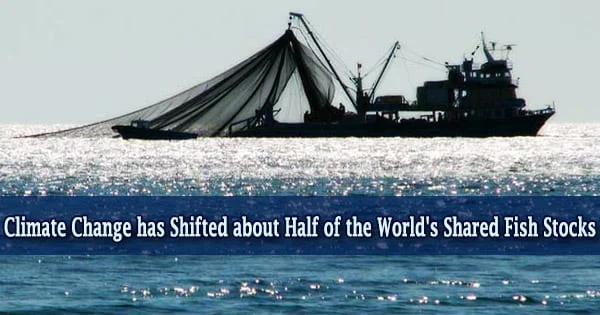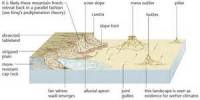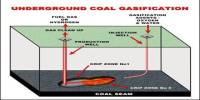Sand and gravel are the most mined resources on the planet, with 32 to 50 billion tonnes removed annually. They’re being removed at a quicker rate than they’re being replenished. The human and environmental consequences of this extraction on poorer and middle-income nations, according to a new study headed by academics at McGill University and the University of Copenhagen, have been largely neglected.
“With this work we’re able to show that in low and middle-income countries, the sand industry is in direct conflict with almost half of the 17 Sustainable Development Goals,” said Mette Bendixen is an assistant professor in McGill University’s Department of Geography and one of the primary authors of the study, which was just published in One Earth.
“Sand and gravel mining has a negative influence on the environment, which is incompatible with goals related to ecosystem dynamics. Furthermore, pollution, health-related concerns, and the informal character of many mining activities all contribute to social inequities that harm small-scale miners and their families.”
Demand and market prices are rising, resulting in unsustainable exploitation, planning, and trading. Sand removal from rivers and beaches has far-reaching consequences for the environment, infrastructure, national economies, and lives of the 3 billion people who live along river corridors throughout the world.
Unregulated sand mining has been reported in 70 countries throughout the world, with disputes involving environmental devastation, livelihood disturbance, and breaches of labor rights. Hundreds have reportedly died in recent sand battles, including local residents, police personnel, and government officials.
Opportunity as well as destruction –
However, according to the experts, if properly managed, mining of these minerals may provide possibilities to achieve some of the UN’s 17 Sustainable Development Goals (SDGs). They also point out that these resources have the potential to support socioeconomic growth in order to achieve some of the UN’s SDGs, such as poverty eradication.
Sand and gravel, for example, employ millions of people and offer material for the renewable energy sector as well as roads and infrastructure in general.
“Sand resources, when managed appropriately, can create jobs, develop skills usable in other sectors of the economy and spur innovation and investment, whilst continuing to underpin the infrastructure upon which modern society is founded.”argues Lars L. Iversen, an assistant professor at the University of Copenhagen’s Center for Macroecology, Evolution and Climate research who was a lead author in the study.
“As a result, the answer does not consist of simply prohibiting all mining activity. Finding a balance between the benefits and drawbacks of sand and gravel extraction is becoming one of our century’s greatest resource issues.”
“We need to build effective management plans and policies for sand resources that support the global sustainable development goals,” says Mette Bendixen “To do so, a better knowledge of the effects of sand and gravel mining is necessary. This is especially important for many nations in low- and middle-income regions, where there is currently little understanding of the scope of local mining operations or how they affect ecosystems and local populations.”
Quick facts –
- The BRICS (Brazil, Russia, India, China, and South Africa) countries have accounted for a major share of the rise in aggregate (a collective name for sand, gravel, and crushed stone) consumption.
- China’s demand for cement alone, a proxy for aggregate consumption, has grown by 438 percent in the last 20 years, compared to a 60 percent growth in the rest of the globe.
- While present global aggregate consumption of 32-50 billion tonnes per year is dominated by consumption from high (per capita) production sources in North America and China, LMICs are expected to have the highest relative rise in output (lower and middle-income countries).
- Many people across the world rely on aggregate mining, which is frequently carried out informally by artisanal small-scale miners in LMICs.
- Mining has the potential to generate violence. Sand mining, in particular, in India, has been related to local strife over water availability and pollution.
















